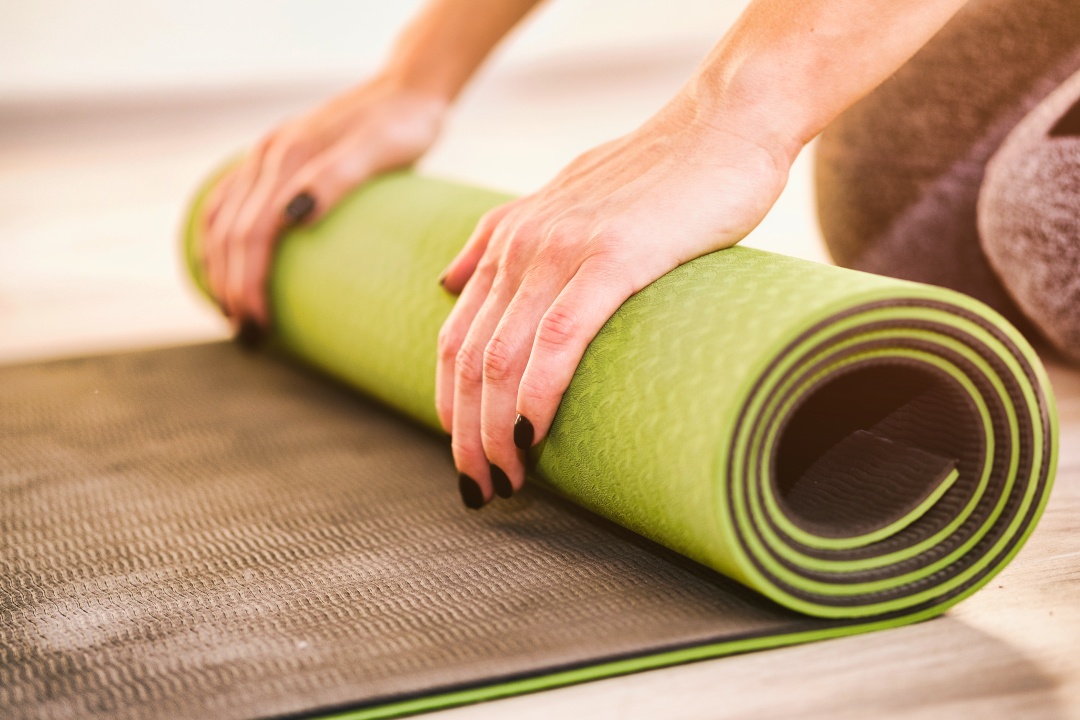[ad_1]
The Ultimate Yoga Mat Buying Guide: How to Find the Perfect Mat for Your Practice Yoga has become increasingly popular worldwide, and for good reason. It is a practice that offers a multitude of benefits, including improved flexibility, strength, and mental relaxation. However, finding the perfect yoga mat can be a daunting task, as there are countless options available on the market today. This ultimate yoga mat buying guide aims to simplify the process, helping you find the ideal mat for your practice.
1. Consider the Thickness: One of the most important factors to consider when purchasing a yoga mat is its thickness. A thicker mat typically provides more cushioning and support for your joints, making it ideal for those with sensitive knees or elbows. On the other hand, a thinner mat offers a more stable and firm surface, which can be advantageous for balancing poses. Decide which type of thickness suits your practice and personal comfort level.
2. Material Matters: Yoga mats come in various materials, each with its benefits and drawbacks. PVC mats are the most common and affordable, but they are also the least environmentally friendly option. If sustainability is important to you, consider a mat made from natural rubber or jute, both of which are biodegradable and eco-friendly. Other options include TPE (Thermoplastic Elastomer) and cork mats, known for their durability and superior grip.
3. Texture and Traction: The texture of a yoga mat affects its grip and traction. Mats with raised and textured surfaces provide improved grip, especially during sweaty or intense practices. However, some yogis may prefer a smoother texture. Opt for a mat that suits your preference and the type of yoga you practice.

4. Size and Portability: Yoga mats are available in different sizes, so it’s essential to choose a mat that suits your body and the space available for your practice. Standard mats are around 24 inches wide and 68 inches long, but taller individuals might prefer a longer or wider mat. Additionally, if you plan to travel frequently with your mat, consider purchasing a lightweight and compact option that fits easily into a suitcase or backpack.
5. Durability and Longevity: Investing in a high-quality yoga mat ensures its durability and longevity. A mat made from sturdy materials like natural rubber or high-density PVC will withstand frequent use without deteriorating quickly. Read reviews, check the manufacturer’s warranty, and consider the mat’s overall construction to assess its durability.
6. Hygiene and Maintenance: Maintaining proper hygiene is crucial, especially if you practice hot yoga or share your mat with others. Look for mats with antimicrobial properties that inhibit the growth of bacteria and fungi. Additionally, choose a mat that is easy to clean and maintain, such as those that can be washed in a machine or wiped clean with a damp cloth.
7. Cost and Budget: Yoga mats come at varying price points, so it’s important to determine your budget before starting your search. While affordability is a factor, remember that investing in a high-quality mat will provide better support and last longer. Consider the value for money and choose a mat that meets your requirements without compromising on quality.
8. Read Reviews and Seek Recommendations: Before making a final decision, read reviews from verified purchasers to learn about the experiences of others. Additionally, seek recommendations from fellow yogis or instructors who can provide insights and guidance based on their own experiences with different mat brands and types.
The Incredible Benefits of Dumbbell
In conclusion, finding the perfect yoga mat is a personal journey that involves considering factors such as thickness, material, texture, size, durability, hygiene, and cost. Prioritize your comfort, preferences, and the kind of yoga you practice. By following this ultimate yoga mat buying guide, you’ll be better equipped to make an informed decision, ensuring that your mat supports your practice for years to come.
[ad_2]




